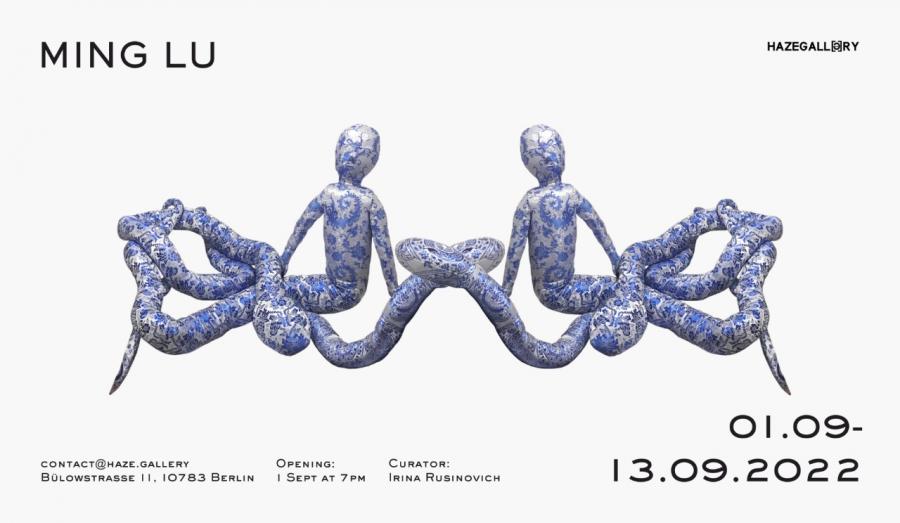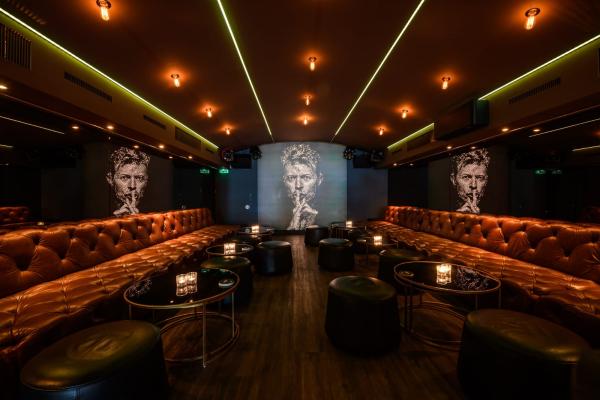After-Work-Drinks, Cocktails, Longdrinks, Highballs & Co. in a relaxed yet elegant atmosphere.
MING LU
MING LU
How can artists pay attention to folklore and ancient culture? It is not a mainstream phenomenon in the art community because we are used to associating contemporary art with something new without old-fashioned traditions. But in works by Ming Lu, these opposite themes are woven and become fantastic allegorical artworks, sculptures, and embroideries. She has a very playful and humorous exploration of Chinese culture in an attempt to build her own authentic visual language.
Ideas and themes for works she is taking from Chinese mythology, especially women’s characters. Reflecting two contrasting cultures, Asian and European artists are searching for points of crossing and opposites. Create a new reality where these cultures become united. Ming mixes gold and luxury features with minimalistic forms and monochrome backgrounds. This unique form makes her art special and recognizable among other authors. With unconventional experiments and attention to detail, she portrays objects soaring into black sterile space. All of them look fragile, sophisticated, and precious.
Her methods remind viewers about women’s role in our society — embroidery and textiles are classic women’s needleworks. This is another crucial theme in Lu artworks because we are still living in a patriarchal world despite progress. Combining traditional and contemporary, she views how important balance can be and how new things in our lives can coexist with classic ethnic culture.
MING LU
Ming Lu’s works include photography, installation, performance, and more traditional media – porcelain and embroidery. As Made-in-China mass production became a global industrial phenomenon, the artist works closely with the handicraft known to be slow, inaccurate, time and labor-consuming, almost forgotten but deep-rooted. She had been studying at the Royal College of Art, England, and noticed racks of Peking ducks hanging in the windows of restaurants in London’s Chinatown, a phenomenon that occurs not in China but as a constructed view of the East.













